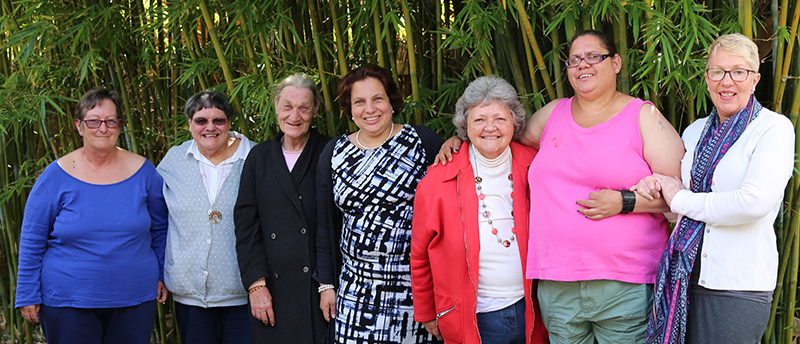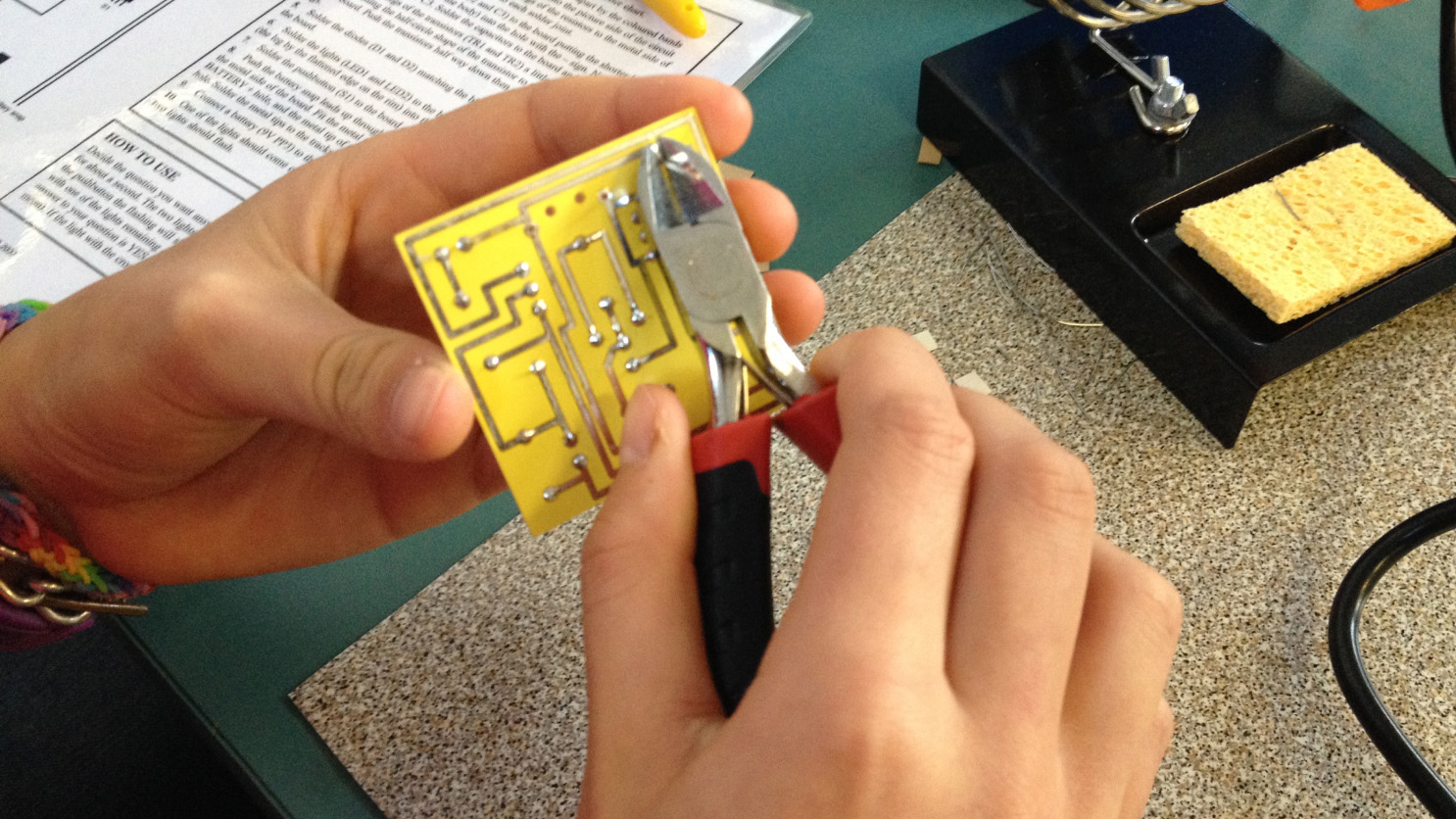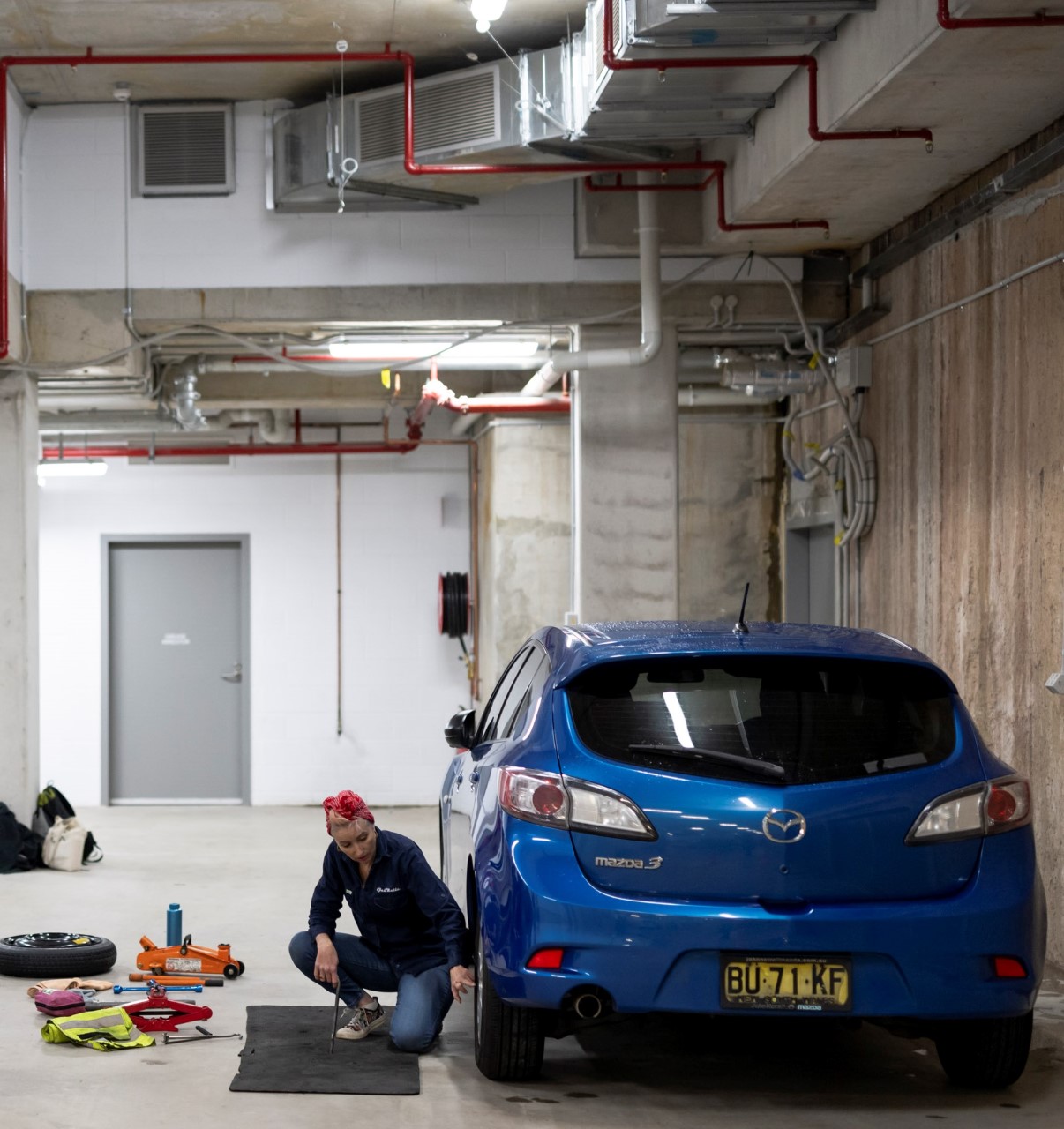First Nations Strategy
(Back to top)Our Reconciliation journey has led Council to embark on taking a broader strategic position on how the cultural leadership of Dharug and other First Nations people can inform the work of Council and build a stronger, cohesive, and social just community here in Parramatta for the benefit of future generations.
City of Parramatta’s First Nations Strategy is Council’s responsibility to deliver in partnership with our community.
It will play an important role in contributing to achieving the Community Strategic Plan’s vision of “Sydney’s central City, sustainable, liveable and productive – inspired by our communities.”
First Nations wisdom and cultural practices are embedded into our planning and decision making to deliver focused and co-designed outcomes.
In this context, our vision for the First Nations Strategy and the centring of First Nations aspirations and voices is:
A shared journey to continue working together with First Nations peoples and communities through relationships built on action, trust, and integrity, that recognises First Nations people’s self-determination and respects their own decision-making and knowledge systems.
The Strategy aims to clearly outline how Council will go about achieving this vision over the next five years and beyond and includes the following key sections:
- Recognition & Commitment: Acknowledges the Dharug People and outlines the City of Parramatta’s commitment to them.
- Strategic Context: Describes the strategic and policy framework guiding the First Nations Strategy, including community engagement outcomes.
- Vision & Goals: Presents the vision and objectives for social justice, cultural leadership, social cohesion, celebration, and accountability.
- Action Plans: Details specific actions, timeframes, and responsibilities to achieve the strategy’s goals.
First Nations Strategy Provides a Set of New Actions Framed Against Five Pillars:
- Social Justice: Recognizing and allowing First Nations people to have a voice that empowers and enables self-determination. A shared journey to continue working together with First Nations peoples and communities to live healthy and prosperous lives.
- Cultural Leadership: Relationships and engagement built on trust and integrity with First Nations Communities with meaningful and sustainable outcomes.
- Social Cohesion: Understanding, valuing, and recognising First Nations cultures, protocols, histories, knowledge, and rights through cultural learning across organisations.
- Celebration: By making a commitment to First Nations voices and aspirations in Parramatta, we aim to foster respect and relationships with Dharug people and other First Nations communities in the region built on trust and integrity and with meaningful and sustainable outcomes.
- Accountability: Shared ownership between Community and Council in the delivery of and reporting back on of actions flowing from the First Nations Strategy.
These Pillars and new actions have been developed as a result of extensive community engagement with a range of stakeholder including Council’s First Nations Advisory Committee and the Dharug Traditional Owners.
Council is committed to Dharug and other First Nations people. This five-year plan centres Dharug and First Nations people and communities at the heart of what we do as the City of Parramatta. Our goals and actions must reflect the needs, aspirations and voices of Traditional Owners and First Nations people who have a connection to this Country
Aboriginal and Torres Strait Islander people
(Back to top)City of Parramatta acknowledges the Traditional Owners of this land, the Dharug people.
For over 60,000 years, the area comprising present day Parramatta has been occupied by the Burramattagal people, a clan of the Dharug, who first settled along the upper reaches of the Parramatta River. Burramattagal is thought to be derived from the Aboriginal word for 'place where the eels lie down' to breed (within the Parramatta River).
The Burramattagal have a close connection with the river, from which they caught fish, eels, and other food. Their stable, bark canoes often held a central small fire, built on a mound of soil, to cook up their fresh catch. 'Fire-stick farming', employed to burn vegetation to facilitate hunting and to change the composition of plant and animal species in the area, was also practiced by the Burramattagal people.
Soon after Governor Phillip's arrival with the First Fleet (of convicts from England) in 1788, Parramatta was developed as a farming settlement to feed the new English colony. This colonisation led to the immediate and tragic displacement of local First Nations people from the land that they had inhabited for thousands of years. Local Aboriginal groups led a resistance against the new settlers, with the most prominent warrior known as Pemulwuy. More of this history can be found in resources in Parramatta Library and Parramatta Heritage Centre.
The Dharug people still populate the areas of Parramatta, Greater Western Sydney, La Perouse and the Blue Mountains. There are a number of Dharug organisations and advisory committees that include active Dharug people, as well as prominent Dharug artists.
Aboriginal and Torres Strait Islander Community
Parramatta has always been an important meeting place for Aboriginal people. In early colonial times, many Aboriginal people were brought to Sydney and Parramatta as an underpaid workforce in domestic service and building infrastructure. This migration resulted in a large Aboriginal population in inner-city Sydney and Western Sydney. Of note, Western Sydney has the largest Aboriginal and Torres Strait Islander population of any region in Australia.
Aboriginal people have a very close and special connection to a number of institutions in Parramatta, including the Native Institution, Parramatta Gaol, Parramatta Park, and the Women's Factory.
Many historical policies and initiatives were first implemented in Parramatta, which had major impacts on Aboriginal and Torres Strait Islander society. For example, the policies that led to the Stolen Generation began outside the Parramatta Town Hall in 1810 through the Assimilation Policy (1810-1825). The lasting effects of the Stolen Generation have been profound throughout Australia, and the consequences of which have rippled into the 1970s and present day generations.
Today, there are many Aboriginal and Torres Strait Islander people who work, live and play in Parramatta. Statistical information on Parramatta's Aboriginal and Torres Strait Islander communities, by suburb, is available by entering 'Indigenous' in the ethnicity section of the Community Atlas.
Community Care
As an Aboriginal and/or Torres Strait Islander person, over the age of 50, we would like to welcome you to the groups and services available through Community Care. Our team have been delivering one-on-one support and fun activities in the Parramatta Local Government area (LGA) for over twenty years. As registered providers for both the National Disability Insurance Scheme (NDIS) and Home Care, we can work with you to implement the activities and services you want and need day-to-day. This includes dining out at local participating restaurants, and groups like arts and crafts, choir, dancing, and painting. We also welcome ideas about how to integrate cultural activities into our programs. Find out more on the Community Care page




